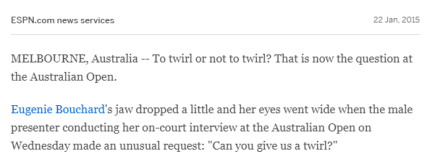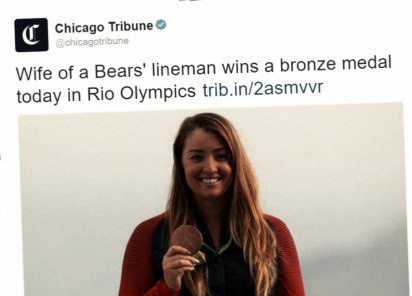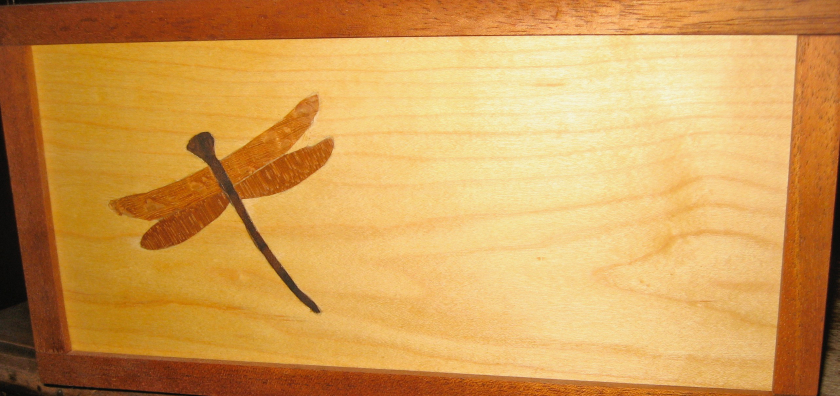This research pitch begins with an experience I had at the beginning of the year. When turning on the television during the ‘summer of sport’ I found myself flicking through constant updates on men’s cricket, football and soccer. So it came as a surprise when one of many television promotions for the new Suncorp Super Netball was aired on Channel 9.
For someone that would normally have to physically go and watch the netball due to its lack of coverage I was extremely excited. So I was very frustrated once sitting down to watch the first round of the competition, to find that only two of the four games were aired on 9 Gem, with the remainder being broadcasted on Telstra TV. Neither myself or 99% of my friends who wanted to watch the netball could access this. There was only one match in the entire competition that was aired on Channel 9 which was the Grand Final.
This left me disappointed and highlighted the fact that still, in 2017, the exposure of female sports and athletes is still extremely lacking in the media lime light.
There seems to be a growing audience in Australia for women’s sport including new competitions and pay deals. However, it seems that the media coverage has unfortunately struggled to maintain consistent, long-term and prime time television attention. Consequently, despite 40% of sports participants being women, only 9% of sports news coverage is devoted to them. This is a clear indication that it is not being valued or represented as equally as it should. But why? Secondary research has demonstrated that the problem is not just unique to Australia, with countries including the United Kingdom and United States of America sharing similar statistics.



Here are just a few examples of what the current female sports coverage looks like.
However, there is hope! We can look at countries like France too see how real initiative and improvement can happen.
This same media issue has occurred in two separate places (countries) but with two considerably different outcomes.
As a result, I would like to use ethnographic research practises, following the MEAA Journalism Code of Ethics, including interviews and participant observations to gain quality audience insight regarding the televised coverage of women’s sport in Australia. Bernstein (2002) argues that “from a feminist perspective sport has been viewed for a long time as a sexist institution, male dominated and masculine in orientation”. I would like to use this research opportunity to examine why or why not individuals choose to watch and follow the coverage of men’s sport over women’s and if they identify any similarities or differences that cause this definitive skew in exposure. Specifically, based on the examples above, do gender representations including aesthetics, female stereotypes or their association with male athletes still continue to predominately appear in the reporting of women’s sport? Dissimilar to the initiatives occurring in France, who have predominately focused on athleticism, does this type of representation and exposure affect viewership in Australia?
As a result my research question is…
“In 2017, why and how is gender not equally represented and covered in sport”
I am currently wishing to present my findings and digital content in a video through WeVideo or Canvas so I can creatively demonstrate the representations of sport within the television medium.
Reference List
- https://supernetball.com.au/fixture/
- http://wgst.athabascau.ca/awards/broberts/forms/Wilde.pdf
- http://www.sbs.com.au/topics/zela/article/2016/06/15/french-media-coverage-womens-sport-cause-celebre
- http://www.abc.net.au/news/2016-12-28/media-still-failing-challenge-of-womens-sport-coverage/8150724
- http://journals.sagepub.com/doi/abs/10.1177/101269020203700301?journalCode=irsb





